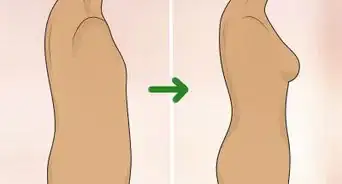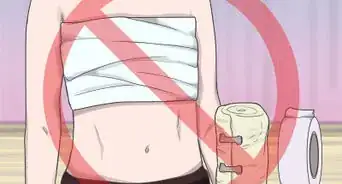This article was co-authored by wikiHow staff writer, Megaera Lorenz, PhD. Megaera Lorenz is an Egyptologist and Writer with over 20 years of experience in public education. In 2017, she graduated with her PhD in Egyptology from The University of Chicago, where she served for several years as a content advisor and program facilitator for the Oriental Institute Museum’s Public Education office. She has also developed and taught Egyptology courses at The University of Chicago and Loyola University Chicago.
There are 9 references cited in this article, which can be found at the bottom of the page.
This article has been viewed 108,970 times.
Learn more...
Whether you’re transgender, transfeminine, or going for a flawless drag look, tucking is a great way to boost your confidence and hide telltale bulges. While using tape can give you an extra secure tuck, it also comes with a higher risk of health problems, like skin irritation and bladder infections. The good news is that it’s totally possible to tuck without tape. In this article, we’ll tell you how to do a safe, secure, tape-free tuck.
Steps
Warnings
- Even when you’re not using tape, tucking comes with some health risks. Stop tucking and see your doctor if you experience symptoms like pain in your genitals, skin irritation, or symptoms of a bladder infection (such as pain when you pee, blood in your urine, or a fever).[18]⧼thumbs_response⧽
References
- ↑ https://www.vice.com/en/article/d3ggjj/how-to-tuck
- ↑ https://www.ohsu.edu/sites/default/files/2020-12/Gender-Clinic-Safe-Tucking-Handout.pdf
- ↑ https://www.daphealth.org/wp-content/uploads/2020/07/Safer-Tucking-Brochure.pdf
- ↑ https://www.daphealth.org/wp-content/uploads/2020/07/Safer-Tucking-Brochure.pdf
- ↑ https://www.daphealth.org/wp-content/uploads/2020/07/Safer-Tucking-Brochure.pdf
- ↑ https://www.veredcounseling.com/blog/2019/4/17/where-to-find-transgender-swimwear
- ↑ https://www.dancemagazine.com/dance-belt-2639655455.html
- ↑ https://www.ohsu.edu/sites/default/files/2020-12/Gender-Clinic-Safe-Tucking-Handout.pdf
- ↑ https://www.daphealth.org/wp-content/uploads/2020/07/Safer-Tucking-Brochure.pdf
- ↑ https://www.daphealth.org/wp-content/uploads/2020/07/Safer-Tucking-Brochure.pdf
- ↑ https://transgenderni.org.uk/wp-content/uploads/2020/01/TYSHGuide-2019.pdf
- ↑ https://www.prideinpractice.org/articles/transgender-genital-tucking-guide/
- ↑ https://transgenderni.org.uk/wp-content/uploads/2020/01/TYSHGuide-2019.pdf
- ↑ https://www.daphealth.org/wp-content/uploads/2020/07/Safer-Tucking-Brochure.pdf
- ↑ https://www.piedmont.org/living-better/how-long-is-it-safe-to-hold-your-urine
- ↑ https://www.health.harvard.edu/staying-healthy/how-much-water-should-you-drink
- ↑ https://www.ohsu.edu/sites/default/files/2020-12/Gender-Clinic-Safe-Tucking-Handout.pdf
- ↑ https://www.prideinpractice.org/articles/transgender-genital-tucking-guide/
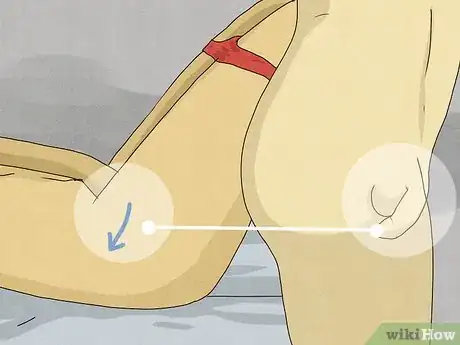
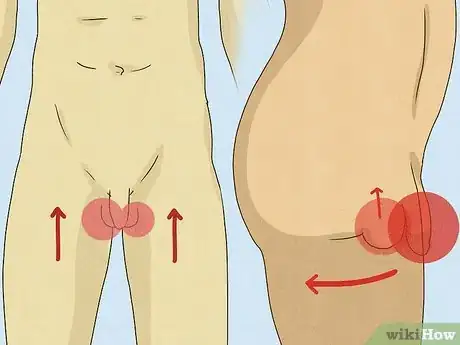
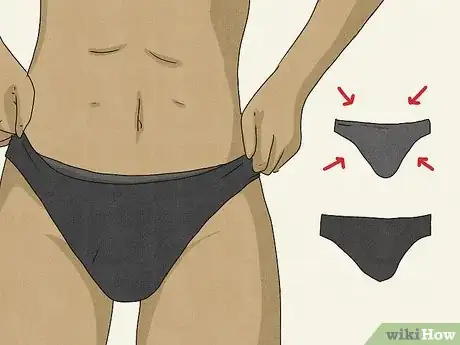
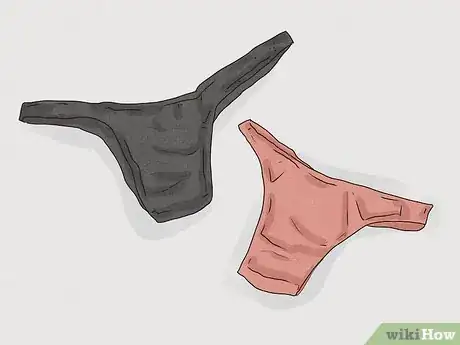

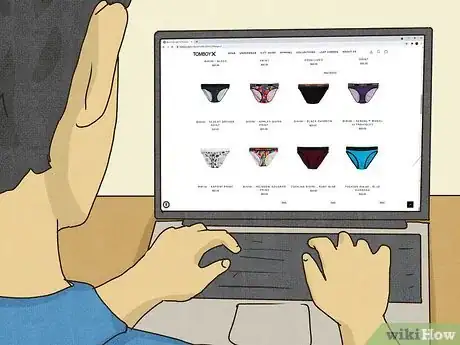

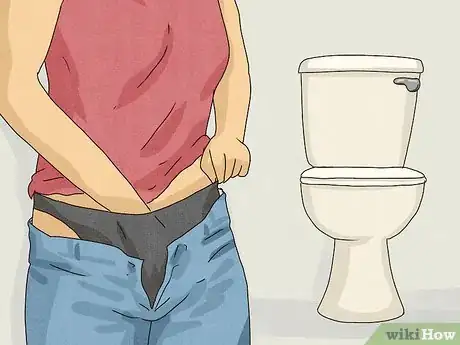
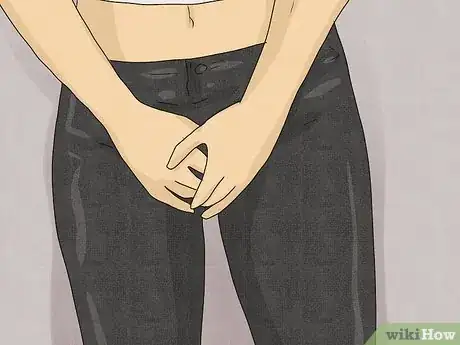
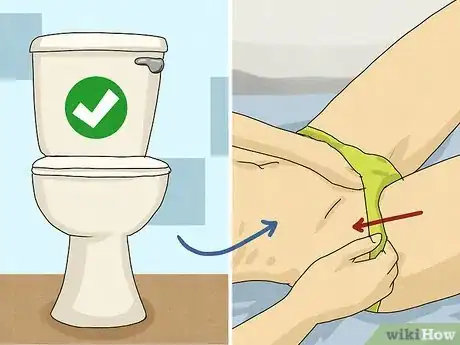
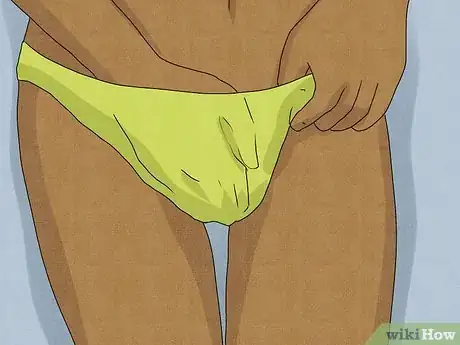




-Step-16.webp)


-Step-26.webp)
-Step-16.webp)
